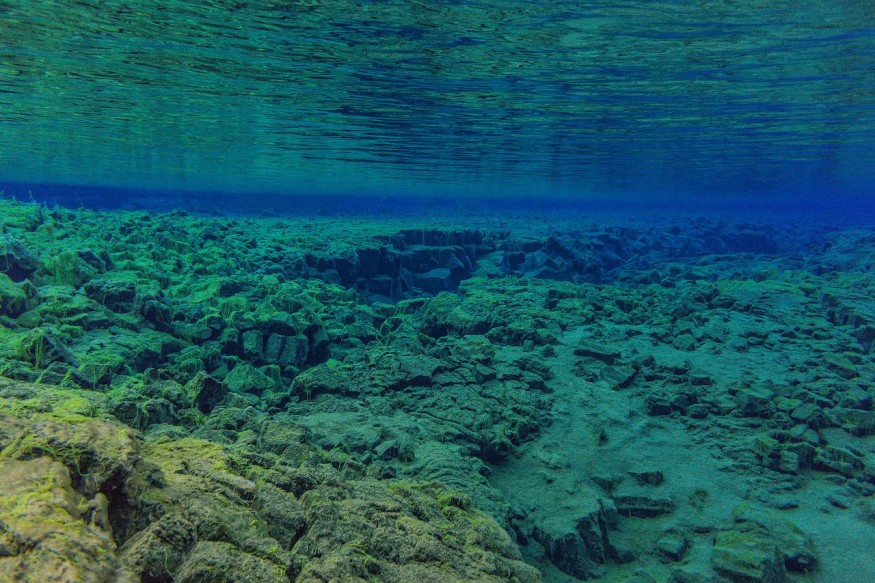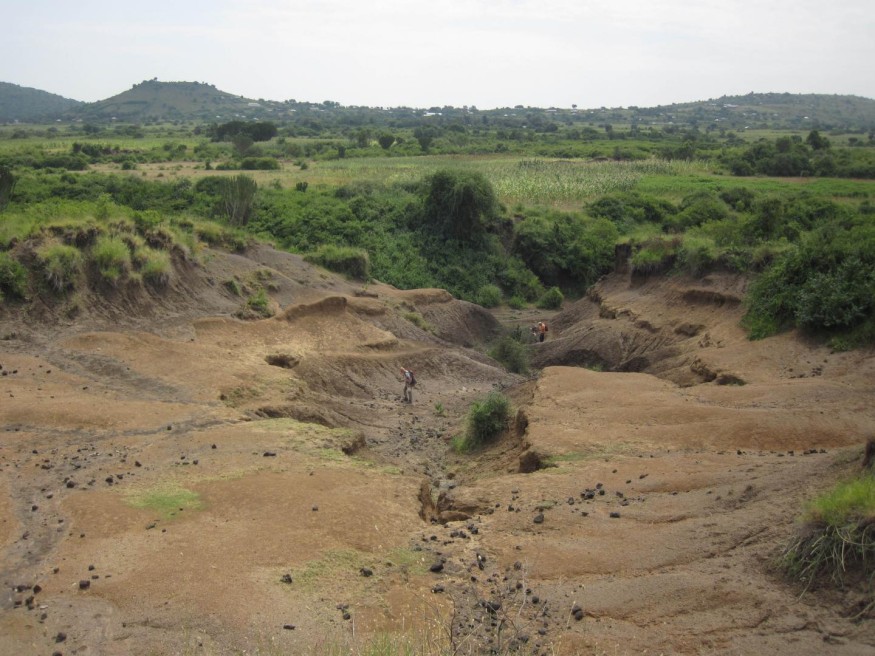Climate change signals might be found in sediment cores from the ocean floor dating back 23 million years.
According to a study by two Texas A&M University researchers, sediment cores from the Southern Ocean going back 23 million years offer insight into how past methane leaking from the bottom might have contributed to regional or global climatic and ecosystem changes.
Bumsoo Kim, a Ph.D. student at Texas A&M, and Yige Zhang, an assistant professor in the Department of Oceanography, have published their work in the current edition of Nature Geoscience.
Looking at Sediment Cores

The oceanographers looked at cores, which are sediment samples from deep regions of the ocean bottom, from the Oligocene-Miocene epoch, around 23 million years ago, in the Pacific sector of the Southern Ocean near Tasmania and Antarctica.
Gas hydrates, ice-like crystals made up of water and natural gas, store billions of tons of carbon under the ocean's surface. Past methane leaks are thought to have been linked to significant earth events like global warming and subsequent climatic shifts.
Related Article : Study Shows How Big the Impact of Pharmaceutical Pollution on Rivers Around the World
Previous Beliefs

"For a long time, people believed that methane emitted from the ocean floor may directly contribute to the greenhouse effect, causing fast warming and potentially mass extinctions," Zhang stated.
"However, in the last decade or two, this notion has faded from favor since we lack clear evidence of methane release in Earth's history, and present studies reveal that even when methane gases are released, they seldom reach the atmosphere," he mentioned in a report in Science Daily.
However, using markers that consume methane, Kim and Zhang can now document historical methane leakage.
According to the researchers, these "methane-eating" chemicals have been preserved in sediments for tens of millions of years. They might be able to provide direct proof of methane emission from various locations in the Southern Ocean.
Related Article : What Happened During the Earth's Very First Mass Extinction?
Glaciation

Glaciation is the process of glaciers forming, moving, and receding, and it is most typically seen in Antarctica and Greenland. When enormous ice sheets grow, they absorb a massive quantity of water, potentially lowering sea levels by hundreds of feet.
The methane gas leak and its aftereffects, according to Zhang, resulted in ocean acidification and hypoxia (a lack of oxygen in the sea), which was noticed following the Deepwater Horizon catastrophe in 2010, when massive volumes of methane were released in the Gulf of Mexico.
Also Read:
Study Shows How Volcanism Might Have Affected Earth's Worst Mass Extinctions
For more similar news, don't forget to follow Nature World News!
© 2026 NatureWorldNews.com All rights reserved. Do not reproduce without permission.





